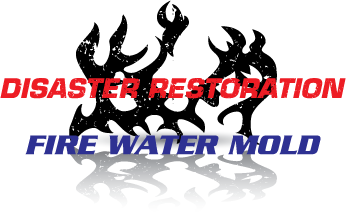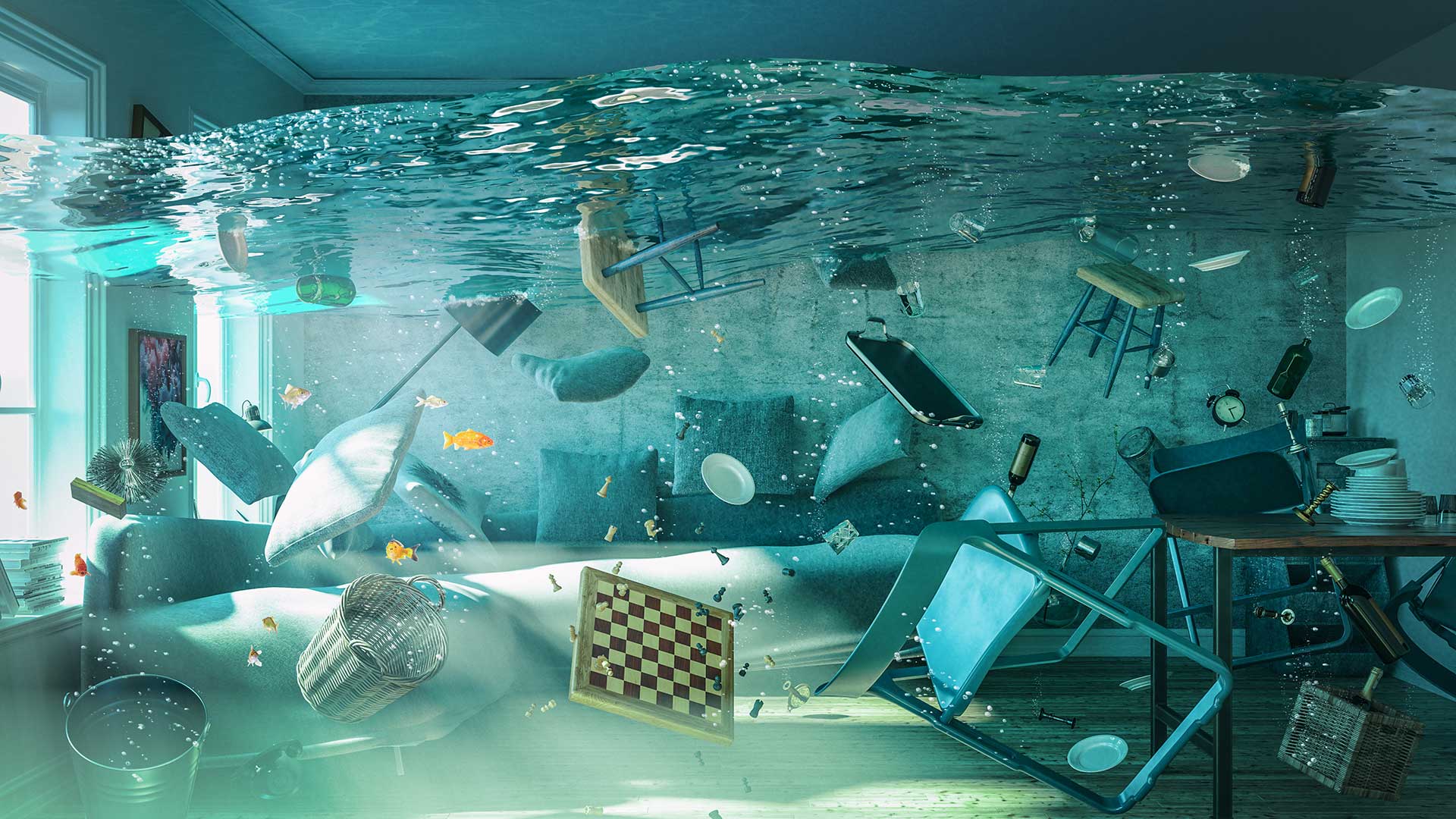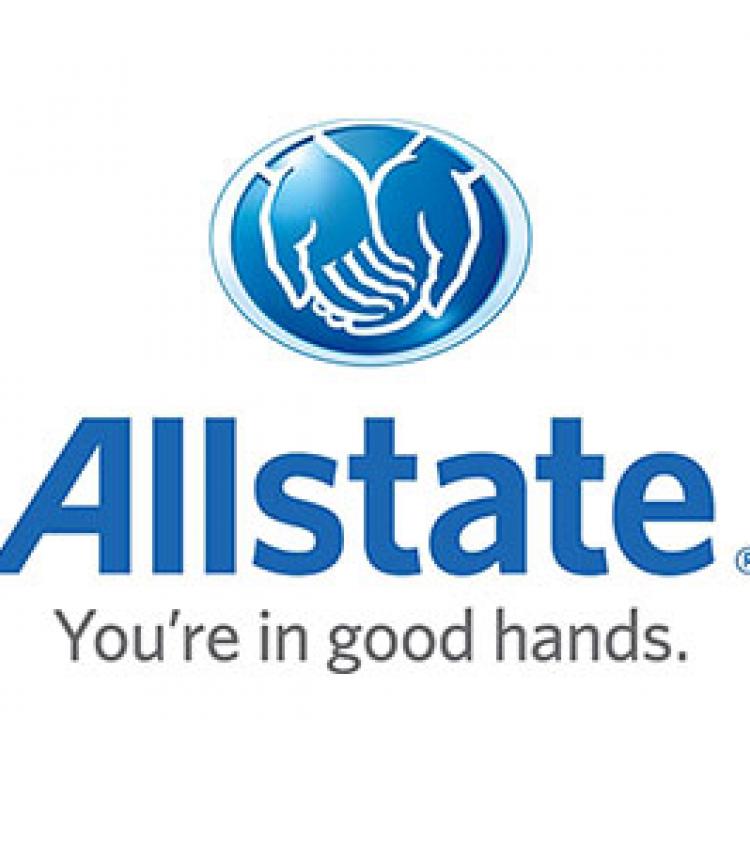When a major storm passes close to the house, or when pipes under the home freeze, the home may suffer water damage cleanup that is difficult to repair. There are many things a family can do to begin repairing any destruction, but a certified professional will likely be needed to get rid of any serious health or structural threats. Contaminated storm surges or floods can carry pathogens and become a breeding ground for mold, as well as broken pipes. If allowed to fester, these mold spores can spread throughout the building and become even more difficult to remove.
In many cases, governmental agencies could condemn the structure if the microbial threat is too great.The main reason why a home is sensitive to water damage is because moisture is difficult to detect once the floods recede. Standing liquids can encourage microbial growth within 24 hours and can saturate all kinds of textiles and seep through drywall.
Moisture may collect behind the walls, where mold and bacteria may multiply out of sight. If a family reacts quickly enough, clothes and furniture may be saved. However, people must be careful when entering a building that has recently been flooded. Exposure to wildlife and contaminated liquids can result in serious injury.
Before entering a home affected by water damage, we make sure the electrical power is shut off. Exposed wires or plugged in devices can electrocute people, resulting in major injury or even death. Also, it’s best to move slowly through the building when re-entering it for the first time. Snakes, reptiles or rodents may be hiding under debris and could lash out and bite suddenly. To protect against wildlife and airborne contaminants, we wear protective clothing from head to toe, including a vapor respirator, rubber gloves and eye protection. We also wear thick boots that can withstand puncturing and animal bites.
Disaster Restoration, LLC is the professional restoration company that can quickly identify what items in the home are compromised by water damage. Normally, anything that is porous may need to be discarded if it has come in contact with contaminated fluids. These items, like mattresses, box springs, pillows and particle board, trap more moisture than other materials and foster the growth of microbes. A family can prepare for professional cleaning by getting rid of these items before the technicians arrive, but be sure to properly record and itemize the items for insurance purposes prior to disposing.
Once we arrive at the building, we will be able to track down any pockets of excess moisture and remove them. Certified technicians can locate these pockets of moisture using equipment that measures the moisture in hidden pockets and behind tile and other materials that may not feel wet on the outside. When these moisture pockets are found, the technicians will expose them to air by removing any drywall or other materials in the way.
Once the location of the moisture has been determined, the professionals will begin the water damage cleanup process that may include pressure washing the area with powerful detergents. These technicians are also able to speed up the drying process to prevent the growth of any molds or other harmful bacteria. If the professional locate mold or bacteria colonies, they will know how to identify and remove the threat using chemical or mechanical methods.It’s important for a family to hire professionals that are certified through a reputable organization.
Technicians trained in this area know how to find compromised areas and do what it takes to restore them. Water damage can be deceptive. Water penetrates into structural cavities creating trapped pockets of saturation. The detection of water in these areas can often only be discovered with sophisticated moisture detection meters. Undetected moisture will continue to cause damage. This damage, at a minimum, will cause odors. Greater damage will surface when materials delaminate, shrink, split and further deteriorate to where costly repairs are required. More than just removing excess water, IICRC-certified restorers have the knowledge and equipment to further dry a home or facility (including substructure materials) completely back to pre-loss conditions. Through timely response and the careful monitoring of water damage, mold and other health issues can be prevented.
If water damage has been present too long, mold will occur. All IICRC-certified professionals have the training and experience to identify moisture sources, evaluate mold growth (visible or suspected), contain damage, remove contamination and dry materials to ensure that mold will not return. After water damage, it's important to stop any type of water flow or leak as soon as possible. We remove pools of water and start drying the area to prevent additional damage. Keep receipts from the clean up and give them to your insurance company. We will move wet items to a dry room or area with lots of fresh air, pull up wet carpeting and rugs as soon as possible.
Filing an Insurance Claim
Notify your insurance company as soon as possible if you have a claim. There should be a toll-free claims number on your policy. Most companies require you to tell them in writing, so follow up with a written notice with information about what happened.
The following tips can help the claims process go more smoothly:
- Review your policy to make sure you understand what it covers and what it doesn't. If you're not sure, ask your agent or the company to explain.
- Have your policy number ready when you call your company. Be prepared to answer questions about the damage.
- Take pictures or videotape the damaged area and any damaged property before you make any repairs. This is especially important if you make repairs before your insurance adjuster has seen the damage.
- Don't throw away anything you removed from the house until your insurance adjuster has seen it.
- Make reasonable repairs that are necessary to protect your home and property from more damage, but don't make large structural or permanent repairs until your company says it's OK.
- Write down everything you spend on repairs and keep the receipts.
- Keep a log that lists everyone you spoke with at your insurance company. Note the time, date, name of the person, and what you talked about.
- Follow up with the company in writing to confirm important details. Keep copies of letters or other documents you and your company send each other.
Claims Process
After you file the claim, you should hear from the insurance company within a day or two. The insurance company will tell you about its claims process and any responsibilities you have. The company should give you the name of the person who will be working on your water damage repair claim. As part of the process, the company will send an adjuster to your house to look at the damage. It might be a while if there was a disaster and the area isn't deemed safe. Try to be home when the adjuster comes so you can discuss the damage and answer any questions.






